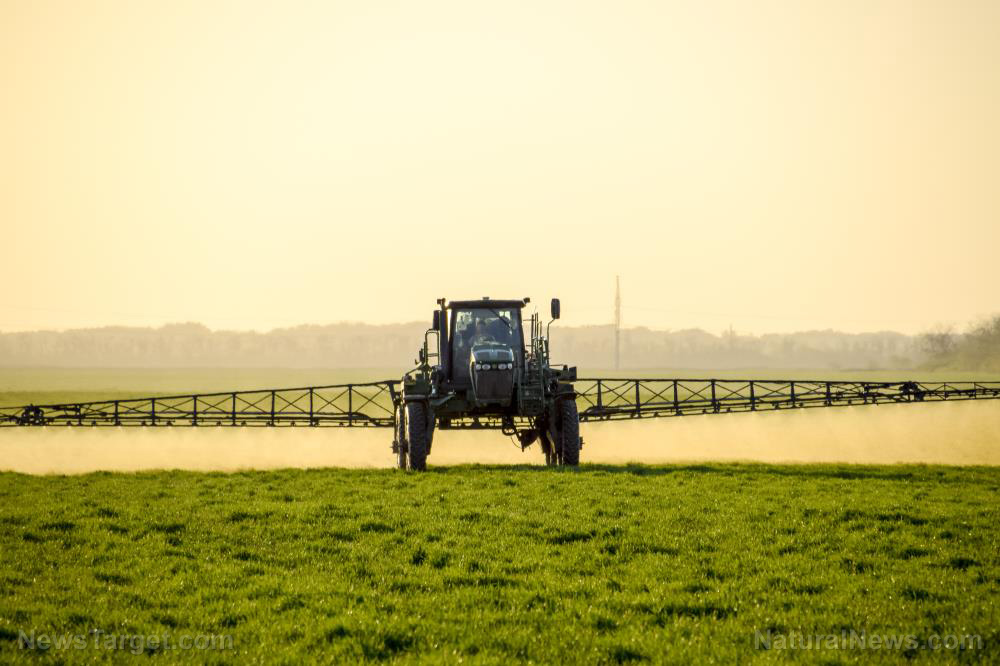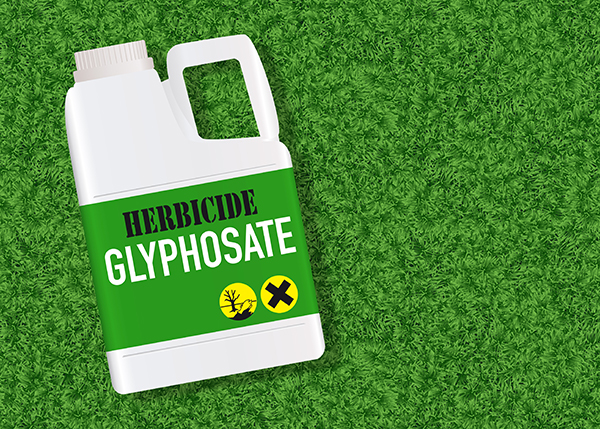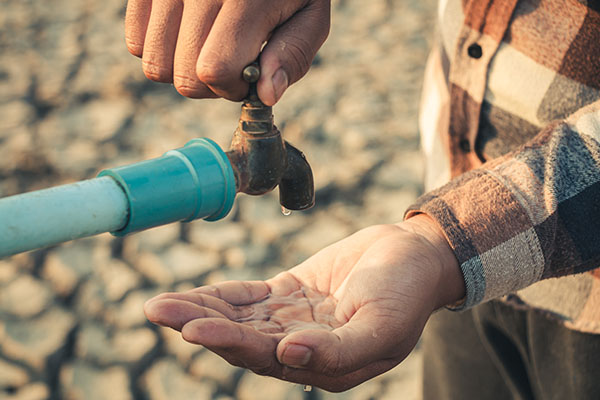
During the first half of 2020, the report recorded 284 filings, a lower figure compared to the same period last year. The coronavirus relief bill – which provided record levels of federal payments, as well as financial assistance, for agricultural producers – helped buffer the economic fallout caused by the pandemic, say agriculture experts. However, hurdles to filing during the pandemic could have contributed to the decline, according to the report.
Coronavirus deals another blow to ailing industry
The coronavirus pandemic is the latest in a series of hits that have buffeted the U.S. farming industry. Even before the pandemic, American farmers were already looking into a bleak year marked by sinking crop prices and increasing farm debt.
Then the coronavirus hit, disrupting the U.S. food-supply chain and leaving farms with a massive crop surplus. (Related: Florida farmers left with mountains of unsold food as coronavirus scrambles supply chain.)
Without food-service buyers, farmers are forced to plow under thousands of vegetables -- even dump milk into manure lagoons. In California, the agriculture industry is expected to lose as much as $8.6 billion, according to a recent study.
Not much relief
In March, Congress earmarked $19 billion in its coronavirus relief bill to provide critical support for farmers and ranchers suffering losses from the pandemic.
When the program was rolled out two months later, Agriculture Secretary Sonny Perdue said that the aid infusion would be a lifeline for all farmers of “all sizes and all … production.”
“This program will not only provide immediate relief for our farmers and ranchers, but it will also allow for the purchase and distribution of our agricultural abundance to help our fellow Americans in need,” said Perdue in an earlier statement for the relief program.
Five months into the pandemic, farmers say the federal payments have done little to keep them afloat, as these favor large, industrialized farms over smaller family farms. In fact, initial payments under the Coronavirus Food Assistance Program – which provided $16 billion in direct support and $3 billion in purchases – revealed an uneven distribution of financial aid.
An NBC News analysis of the first 700,000 payments showed how corporate farms and foreign-owned operations received over $1.2 billion in coronavirus relief – or over 20 percent of the money – with average payments of almost $95,000. Smaller farms, meanwhile, had average payments of around $300. The figures did not take into account other struggling farmers who are ineligible for assistance.
“I’m sure the money helped those larger operations tremendously,” Lonnie Sigler, an Alabama rancher and high school agriscience teacher, told NBC News. “But for a person like myself that sells once every six months, it’s hard to see how it can help you all that much.”
Sigler received around $2,000 in financial aid, but he says that it won’t be enough to cover his losses, which might be as much as $9,000 this year.
A surge of bankruptcies loom
As of August, less than $7 billion of the funds have been distributed, says the Department of Agriculture. With trade aid and coronavirus-payments set to expire this year, experts are concerned that more farmers will file bankruptcies.
American farmers are also looking at a funereal outlook: Farms are struggling to pay back loans, industry income is expected to fall further by 2021, and the pandemic continues to weigh demand on agricultural products.
“It’s hard to pinpoint the damage when you’re in the middle of the hurricane,” added John Newton, an economist at the American Farm Bureau Federation.
“Sure, half the house is still standing, but this thing is not past us yet.”
Pandemic.news has more on how the Wuhan coronavirus is impacting U.S. industries.
Sources include:
Please contact us for more information.























